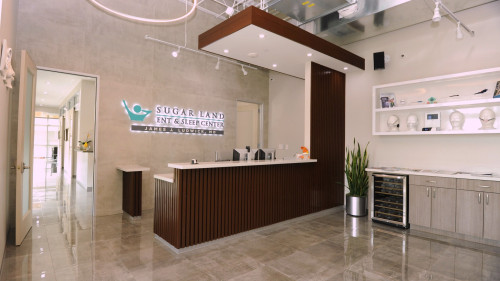Inspire Neurostimulator Surgery
PgIcon-InspireNeurostimulatorsvg
Tongue neuromodulation treats sleep apnea by causing the tongue to move forward during inspiration. This is accomplished through the use of a small pulse generator, much like that of an implantable pacemaker for the heart. The generator stimulates the motor nerve to the tongue muscles during inspiration causing the tongue to move forward improving airway patency. The generator and electrodes are placed during a 2.5 hour outpatient surgery. Once healing is complete, the device settings are customized for each patient.
POC Video 11: How Does Inspire Work?
Views:18579
How INSPIRE Works
Most procedures covered by insurance
REQUEST AN APPOINTMENT
Call (209) 362-3311 now, or complete this form and our office will contact you within the next business day.

